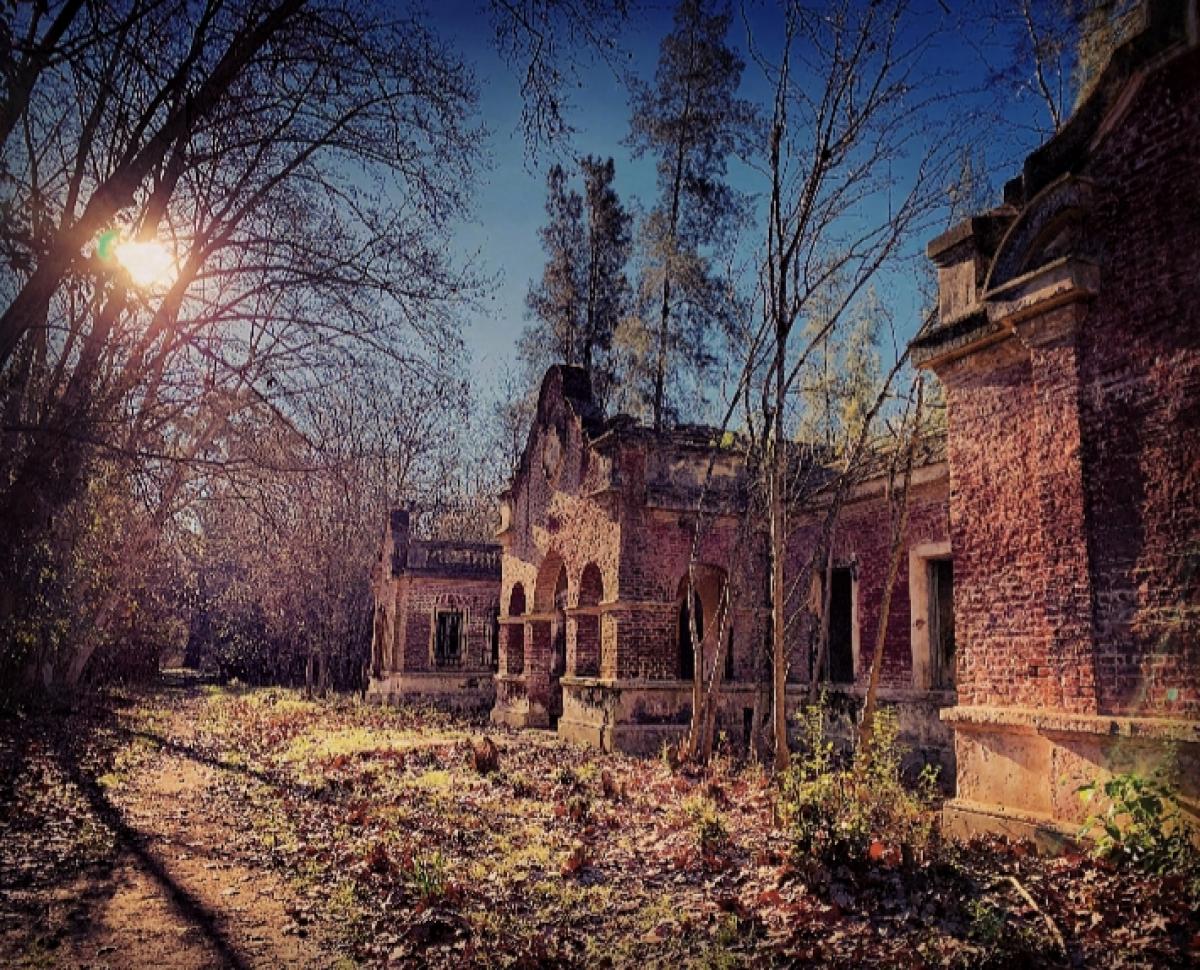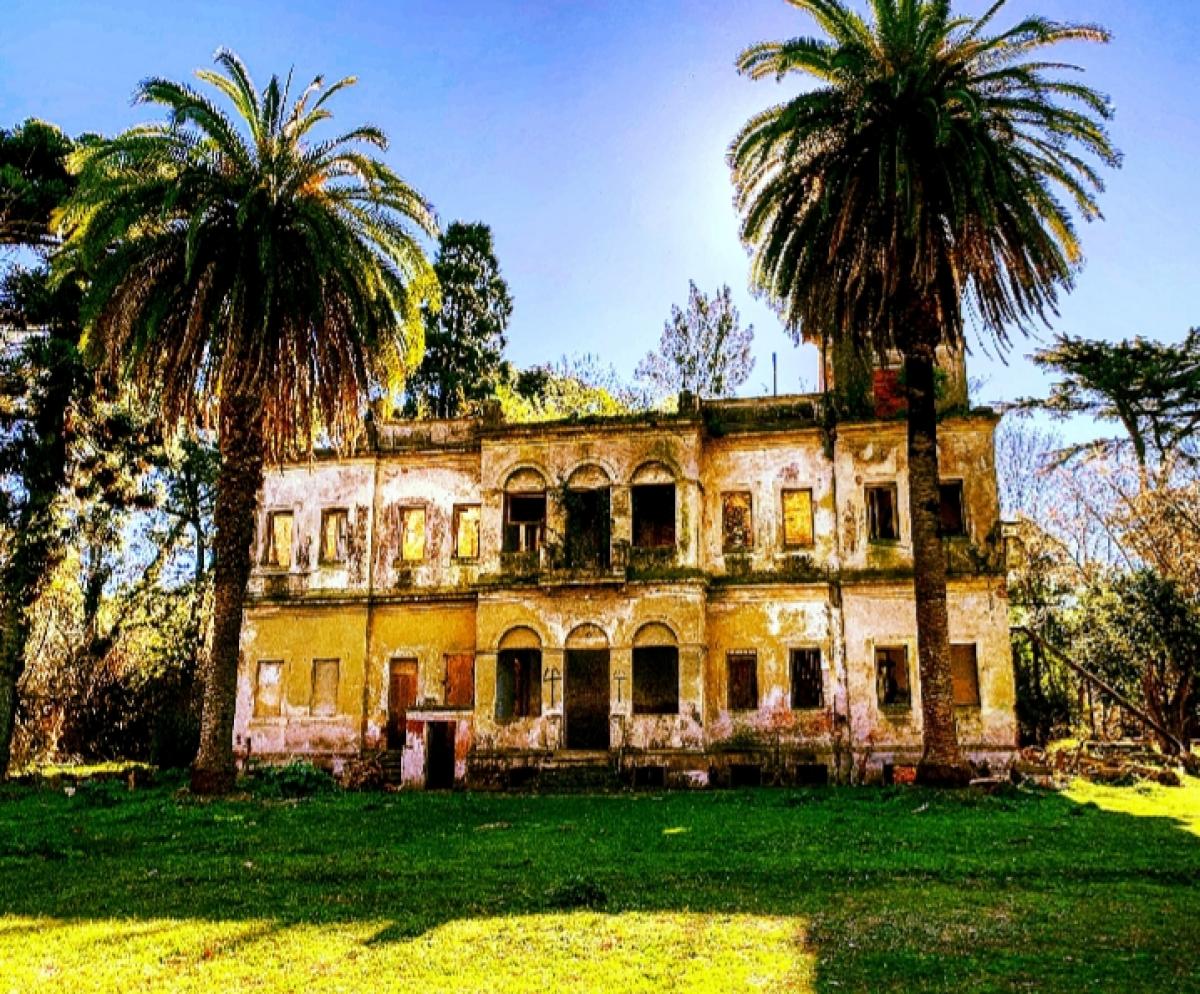Colonia Gutiérrez
by Urbex Aily on September 30 2019 13:50 hr CE(S)T Shortlink to this report: [ https://urbx.be/cwcm ]
| Finding out the location |
easy |
| Access |
easy |
| Safety |
safe |
| Risk of being seen |
high |
| General condition of the place |
good |
| Traces of vandalism |
none or very few |
| Good place for taking pictures? |
very good |
| Did you see other people? |
many |
Visit date June 4 2019 at 2 hr
Visit duration 3 hours
En Historias de Irregularidades y abandono, la autora Diana Rossi hace referencia a cómo surgió la modalidad de las Colonias como lugar para chicos judicializados. Con la ley 10.903, por primera vez se incorporaba el concepto de “protección integral del menor”. En su momento, el entonces senador J.A. Roca, único que interviniera en la sesión de la Cámara de Senadores que trató la ley, resaltaba el objeto perseguido por el Proyecto Agote (luego ley 10.903): “corregir los males que dimanan de la infancia, y de la infancia criminal, en todo el territorio de la Nación y, especialmente, en el de la Capital Federal.” Algunos hechos puntuales –la huelga de inquilinos de 1907 y los sucesos de 1919 en la fábrica de Pedro Vasena– favorecieron el tratamiento y aprobación de su proyecto legislativo. Por aquella época, los defensores de menores estaban encargados del destino de los niños y niñas calificados de vagos o delincuentes. La cárcel compartida con los adultos era el derrotero habitual, hasta que se les encontraba colocación en alguna familia. “En 1897 fueron colocadas por órdenes judiciales 767 jóvenes mujeres junto a criminales considerados culpables”, detalla la autora.
Las colonias-escuelas y las colonias-reformatorios ubicadas cerca de las ciudades o en pleno campo serán el tipo preferido de estas casas de prevención y reforma de los menores.
La colonia Marcos Paz, que devendrá a posteriori instituto “Gutiérrez”, resume en sus características las del modelo previsto en la legislación. Si bien ya existían los institutos correccionales cuando se creó en 1904, se adoptó para él el modelo de colonia agrícola tan difundido durante el siglo anterior en Estados Unidos.
El predio en el que se situó la Colonia había pertenecido al general Francisco Bosch, cuya viuda, Laura Sáenz Valiente, vendió al ministerio de Menores. El decreto que aprueba la compra en noviembre de 1903 dispone en su art. 1º: “que la propiedad de que se trata reúne las condiciones necesarias para implantar en ella un instituto destinado a la instrucción práctica de la ganadería, agricultura y de la industria, en el cual puedan instruirse los menores que por falta de padre y de hogar o por sus malas inclinaciones necesitan de la protección del Gobierno o de una dirección especial que les inculque hábitos de trabajo y corrija su deficiencia…”
Extracto de la Revista "Furias"
Colonia Hogar Ricardo Gutierrez
In Histories of Irregularities and abandonment, the author Diana Rossi makes reference to how the modality of the Colonies arose as a place for judicialized children. With Law 10,903, the concept of "integral protection of the minor" was incorporated for the first time. At the time, the then senator J.A. Roca, the only one to intervene in the session of the Senate that dealt with the law, highlighted the object pursued by the Agote Project (later law 10,903): "correct the evils that arise from childhood, and from criminal childhood, in all the territory of the Nation and, especially, that of the Federal Capital. "Some specific events - the strike of tenants of 1907 and the events of 1919 in the factory of Pedro Vasena - favored the treatment and approval of their legislative project. At that time, the defenders of minors were in charge of the destiny of the boys and girls described as lazy or delinquent. The jail shared with the adults was the usual course, until they were placed in a family. "In 1897, 767 young women were placed by judicial orders together with criminals considered guilty," says the author.
The colonies-schools and the colonies-reformatories located near the cities or in the countryside will be the preferred type of these houses of prevention and reform of minors.
The Marcos Paz colony, which will become a posteriori "Gutiérrez" institute, summarizes in its characteristics those of the model foreseen in the legislation. Although the correctional institutes already existed when it was created in 1904, the model of agricultural colony so widespread during the previous century in the United States was adopted for him.
The estate in which the Colony was located belonged to General Francisco Bosch, whose widow, Laura Saenz Valiente, sold to the Ministry of Minors. The decree approving the purchase in November 1903 provides in its art. 1º: "that the property in question meets the necessary conditions to establish in it an institute for the practical instruction of livestock, agriculture and industry, in which minors can be instructed because of lack of father and home or because of their bad inclinations they need the protection of the Government or of a special direction that inculcates work habits and corrects their deficiency ... "
Text and photos are by Urbex Aily. Click here to see Urbex Aily's profile and other reports.
 Send a message to Urbex Aily
Send a message to Urbex Aily












